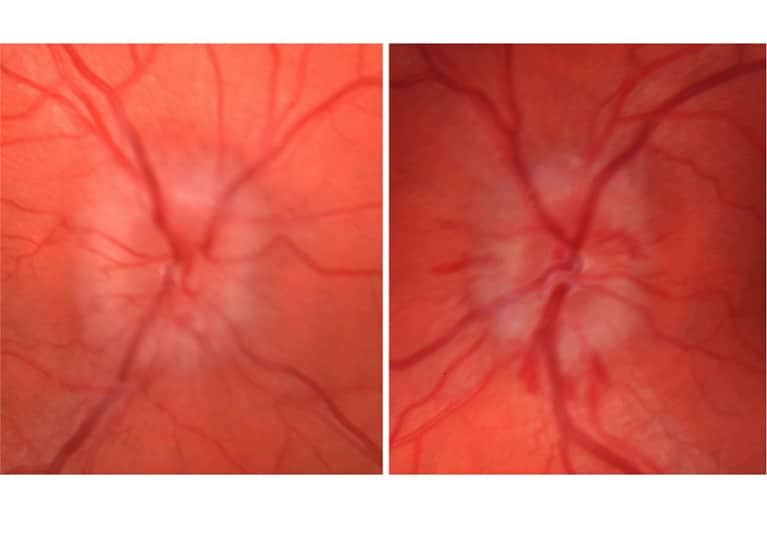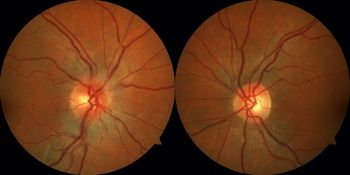
#Mog optic neuritis how to
How to cite this URL: Ojha PT, Aglave VB, Soni G, Jagiasi KA, Singh RK, Singh RK, Nagendra S. Myelin Oligodendrocyte Glycoprotein (MOG) Antibody-Associated CNS Demyelination: Clinical Spectrum and Comparison with Aquaporin-4 Antibody Positive Neuromyelitis Optica Spectrum Disorder. How to cite this article: Ojha PT, Aglave VB, Soni G, Jagiasi KA, Singh RK, Singh RK, Nagendra S. Early diagnosis, treatment with steroids with very gradual tapering, and maintenance steroid sparing immunosuppression are necessary to prevent disability accrual. Keywords: Aquaporin-4, brainstem syndrome, CNS demyelination, Myelin oligodendrocyte glycoprotein, myelitis, neuromyelitis optica, optic neuritis Key Message: MOG antibody disease is a distinct entity with wide phenotypic spectrum and frequent relapsing course. It can easily be differentiated from NMO-SD using clinico-radiological features and therapeutic response. Early identification, treatment, and maintenance immunosuppression are necessary. The features differentiating MOG from AQP-4 antibody group were: no female predilection, preferential optic nerve involvement, characteristic neuroimaging abnormalities, and favorable therapeutic response and outcome.Ĭonclusions: MOG disease commonly presents as severe ON, myelitis, acute brainstem syndrome, ADEM or their combinations. In total, 6 out of 46 eyes affected developed permanent visual disability, while one patient had motor disability. Most patients (86%) responded well to steroids, only 3/21 required rescue immunotherapy. Characteristic neuroimaging abnormalities were anterior segment longitudinally extensive ON, upper brainstem, and thoracic cord involvement (both short and long segment lesions).

Onset phenotypes included isolated bilateral optic neuritis (ON) (43%), isolated unilateral ON (19%), acute brainstem syndrome (19%), simultaneous ON with myelitis (9%), isolated myelitis (5%), and acute disseminated encephalomyelitis optic neuritis (ADEM-ON) (5%). Results: MOG antibody group had median age 32.2 years, no gender bias, median disease duration 40 months, relapses in 9 patients (43%), and median 2.5 (1–16) episodes per patient. Methods: A single-center, observational study from Western India during 2017–2019, of 48 patients with either MOG antibody positive (21 patients) or AQP-4 antibody positive (27 patients) central nervous system demyelination. Objective: To characterize the clinico-radiologic spectrum and treatment outcomes of MOG antibody disease and differentiate it from aquaporin-4 (AQP-4) antibody positive neuromyelitis optica spectrum disorders (NMO-SD).


Background: The clinical phenotypes of myelin oligodendrocyte glycoprotein (MOG) antibody disease, its disease course, and treatment are poorly understood and much work needs to be done towards this.


 0 kommentar(er)
0 kommentar(er)
